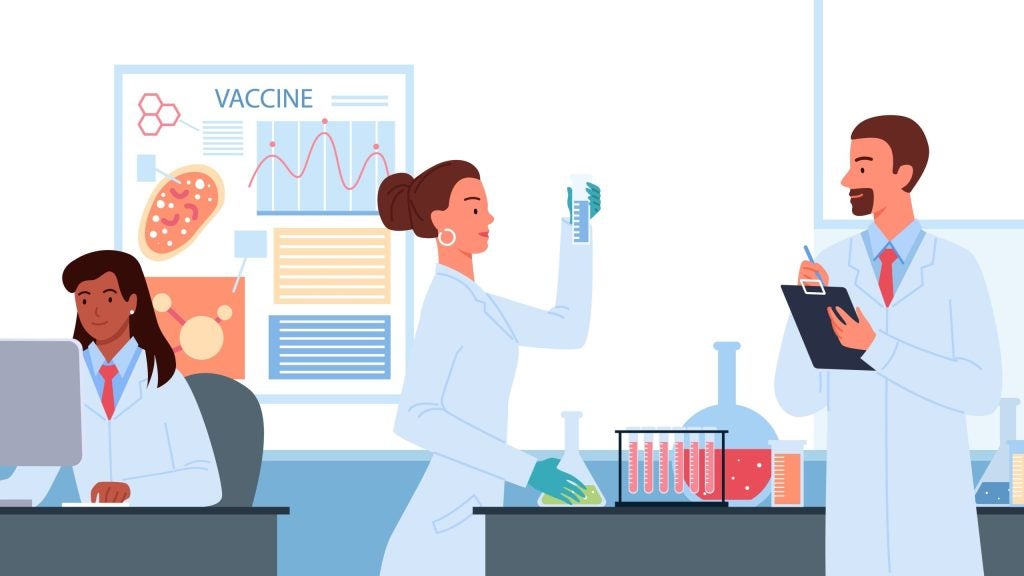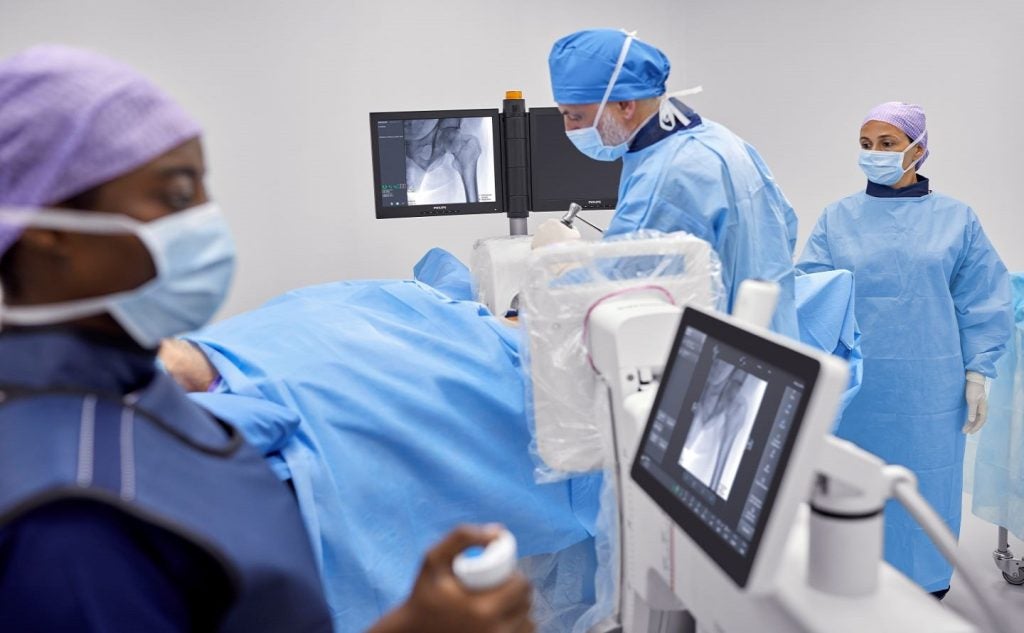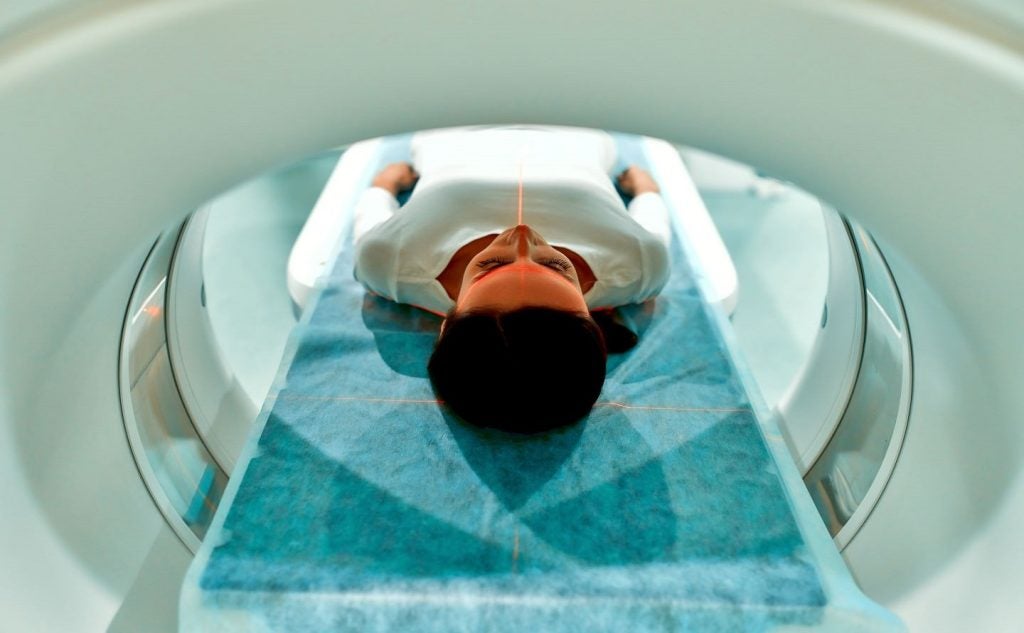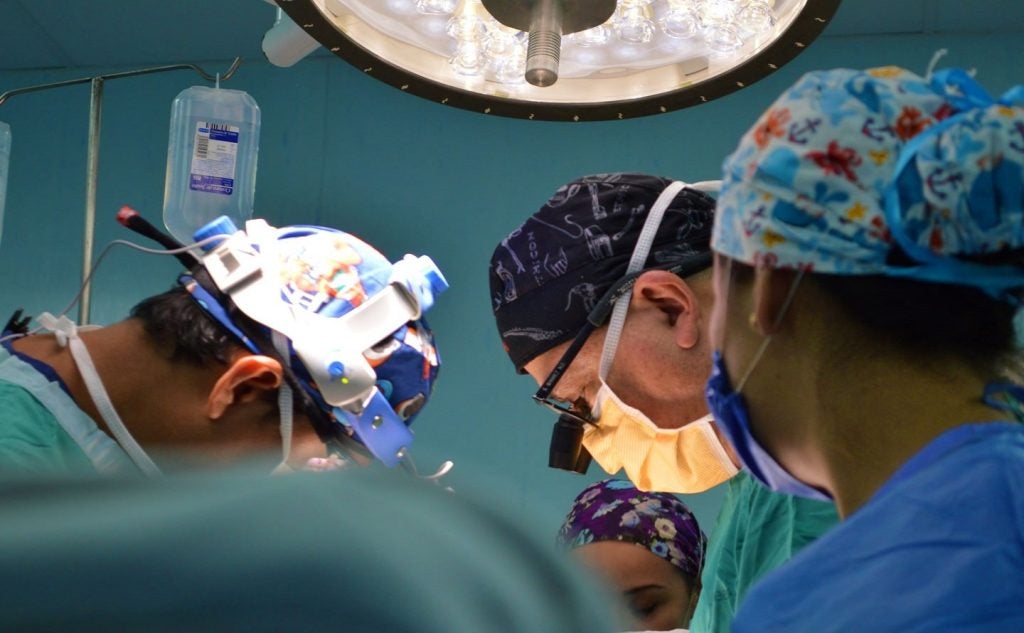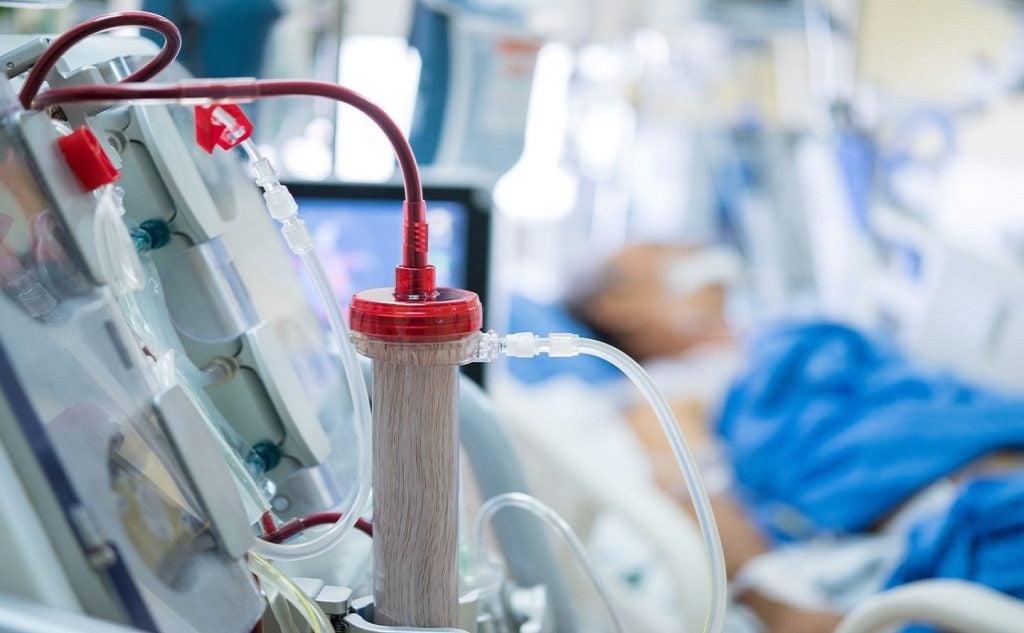With global healthcare systems experiencing a strain on resources, Vaxess Technologies is developing a messenger ribonucleic acid (mRNA) vaccine patch and raising $9m for further development.
The Vaxess MIMIX sustained release patch would allow for different infectious disease vaccines to be delivered by transdermal route. The patch consists of soluble silk fibroin microarrays filled with lipid nanoparticles of vaccines. It also has microneedles that deposit microarrays beneath the skin, these microarrays gradually dissolve over time after patch removal.
Last month, Vaxess signed a partnership agreement with AstraZeneca to develop an RNA-based pandemic influenza prototype vaccine. AstraZeneca’s vaccine pipeline drugs generated $632m in sales in H1 2023, as per the company’s Q2 financial report.
The infectious disease market is forecasted to be worth $150bn by 2029, as per GlobalData. The introduction of an alternate route of administration could increase patient ease.
Vaxess has previously reported patch stabilisation results, showing no difference in vaccine efficacy when stored at room temperatures (25°C and 37°C) compared to liquid mRNA control.
The company has previously reported Phase I results from the seasonal influenza vaccine patch, VX-103. The trial compared two doses of H1N1 influenza antigen, provided by GC Biopharma, in the dermal patch.
The results showed a robust and sustained immune response, measured using seroconversion and seroprotection rates. The commonly observed adverse events included mild headache and fatigue.


